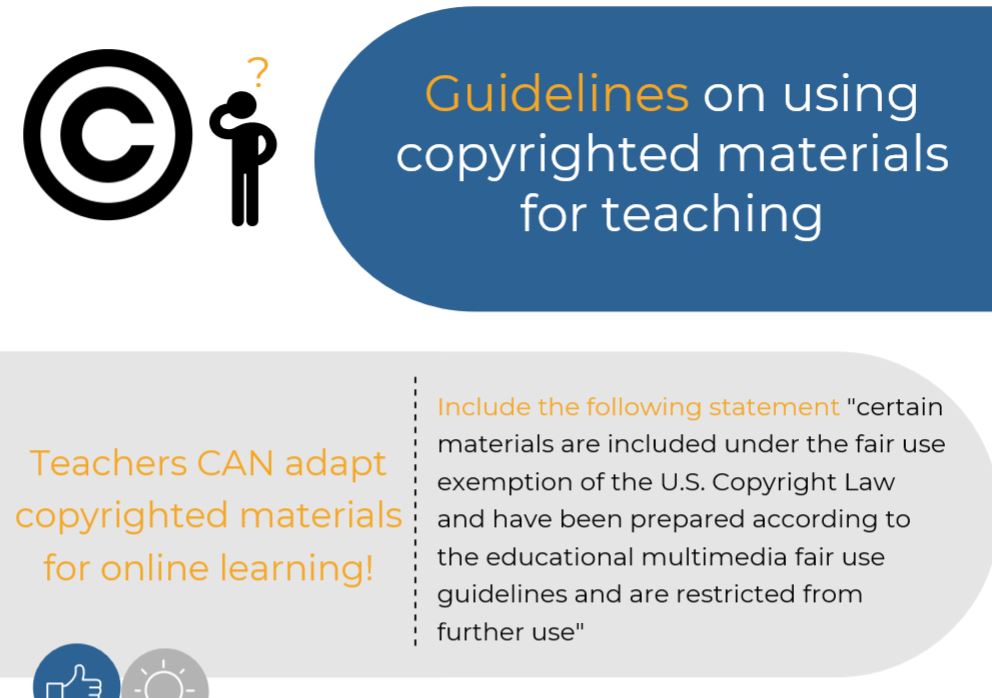|
By Jacob Steiss In our last blog, we highlighted research by Antero Garcia and his colleagues that analyzed thousands of letters written by secondary students to the next president of the United States. The corpus of letters showed the capacity of students to use their literacy skills to advocate for social and political changes they see as significant. We believe their research demonstrates a way to engage students in civic writing today, though educators will have to be flexible and responsive to their own students’ interests, cultural backgrounds, and writing skills. In this blog, we share considerations and guidelines for engaging in civic writing in your own classroom.
By Jacob Steiss In this two-part blog, we will highlight the work of Dr. Antero Garcia and his colleagues, with help from The National Writing Project (@WritingProject) and KQED (@KQEDedspace). The project analyzed letters written by over 11,000 students from over 300 schools and 47 states. These letters were written to the future 2016 president, who had not been elected yet. In examining students' compositions, they found that adolescents are engaged and eager to speak out on civic issues that impact their communities, such as the Black Lives Matter movement and police reform. Though written as a classroom activity, the writing also represents and sustains civic identities of youth engaging in activism that addresses government leaders. "Students wrote alongside and in solidarity with ongoing civil rights movements" We see this research as particularly important for writing researchers, teachers, and school leaders as it describes the civic concerns and interests of adolescents and outlines a meaningful and authentic writing task educators may implement in their classrooms.
The project also highlights ways that teachers may focus their instruction to support students' crucial thinking and argumentative writing skills. In part one of this blog (here), we will discuss what researchers learned from studying these letters to the next president. By Jacob Steiss, MEd, and Tamara Tate PhD/JD By Jacob SteissEducators and researchers have increasingly given attention to the lack of diverse literature and the absence of multicultural, BIPOC, and women authors in school curricula. As teachers, our choices about texts matter; Book lists predominantly featuring texts about white, male, heteronormative characters suggest these perspectives are normative and worthy of study. Alternatively, the absence of certain perspectives suggest they are not worthy of inclusion and consideration. To acknowledge the great mismatch between our nation’s diverse school children and the homogenous texts they read would be a meaningful step towards educational equity and justice. More though, can be done by educators and school leaders when they reflect on the books present in their curricula, make changes to include and foreground diverse perspectives and experiences, and promote diverse ways of reading texts that represent the children we serve.
Here are three actionable steps we as educators can take to critically examine who is [and is not] represented in our texts and curriculum. By Jazmin Cruz During Carol Jago's webinar "Writing Poetry to Read Poetry in Online Spaces", participants were invited to write a poem that reflects the changes in their daily lives during 2020. Using Quincy Troupe's poem, "Flying Kites" as a mentor text, our community of learners wrote their own poems. Pens to Pixels: A Collection of Poetry is a digital magazine we created using the free platform Madmagz.com.
|
Archives
September 2023
Categories
All
|
WRITE Center: Writing Research to Improve Teaching and EvaluationThe research reported here was supported by the Institute of Education Sciences, U.S. Department of Education, through Grant R305C190007 to University of California, Irvine. The opinions expressed are those of the authors and do not represent views of the Institute or the U.S. Department of Education.
|
© COPYRIGHT 2019. ALL RIGHTS RESERVED.
|



